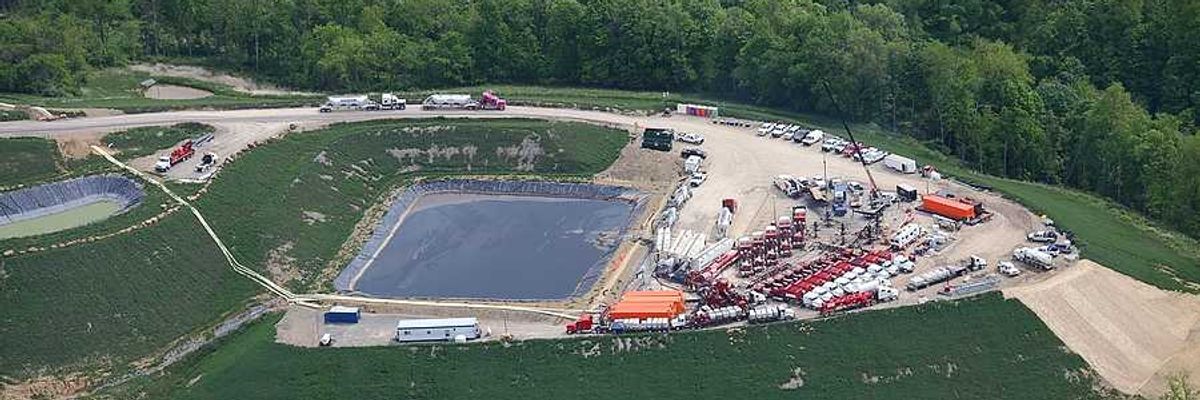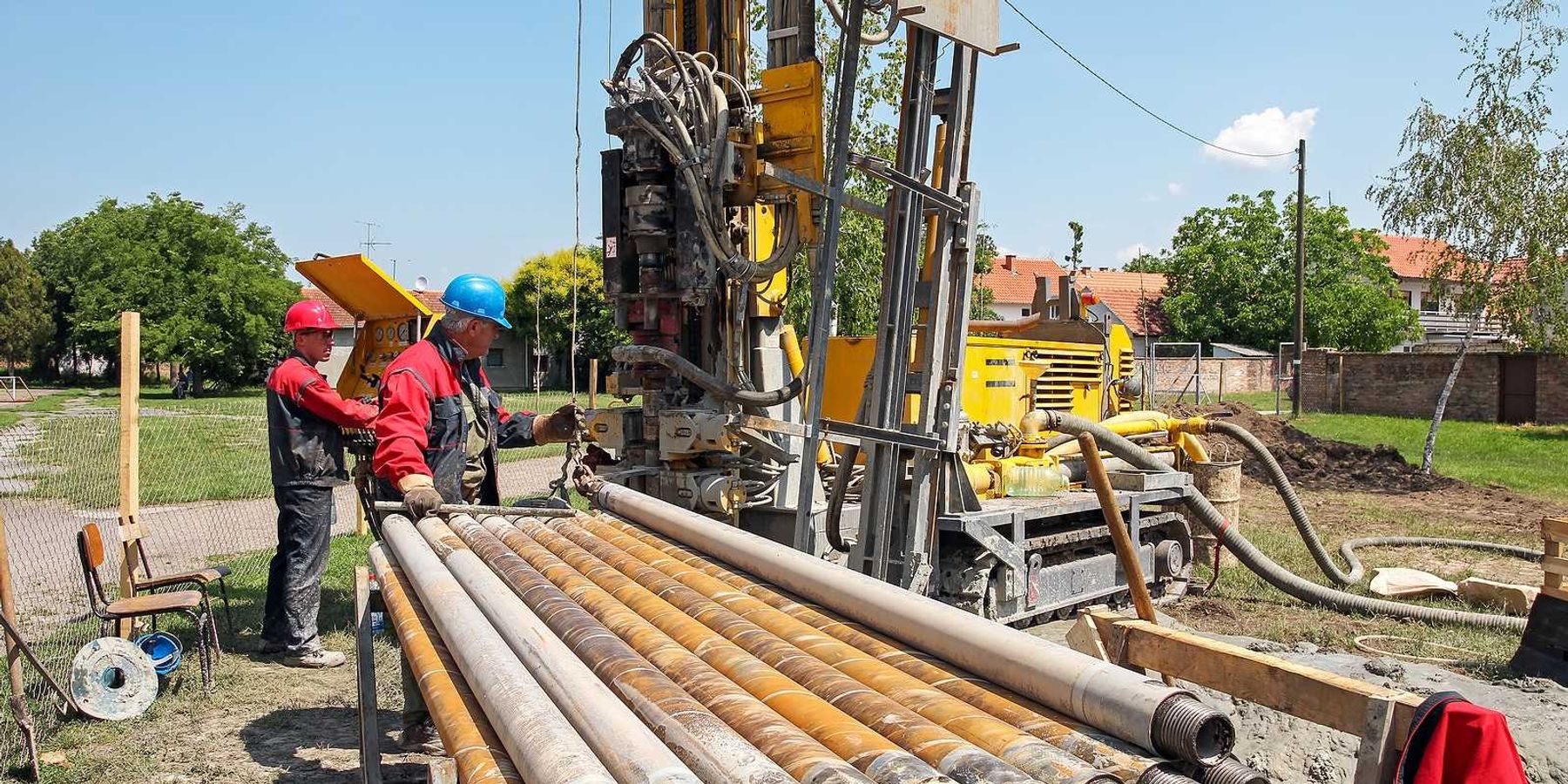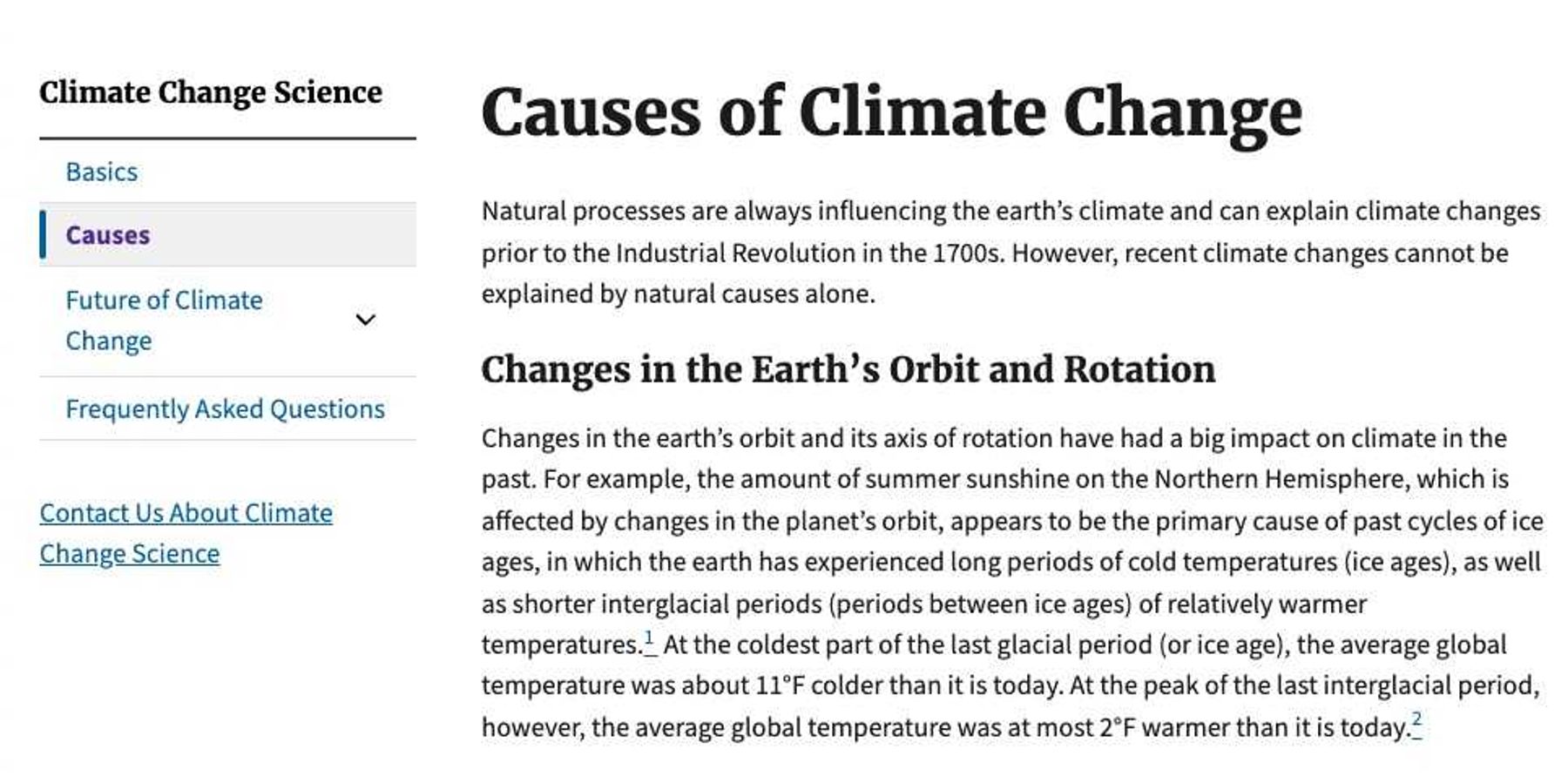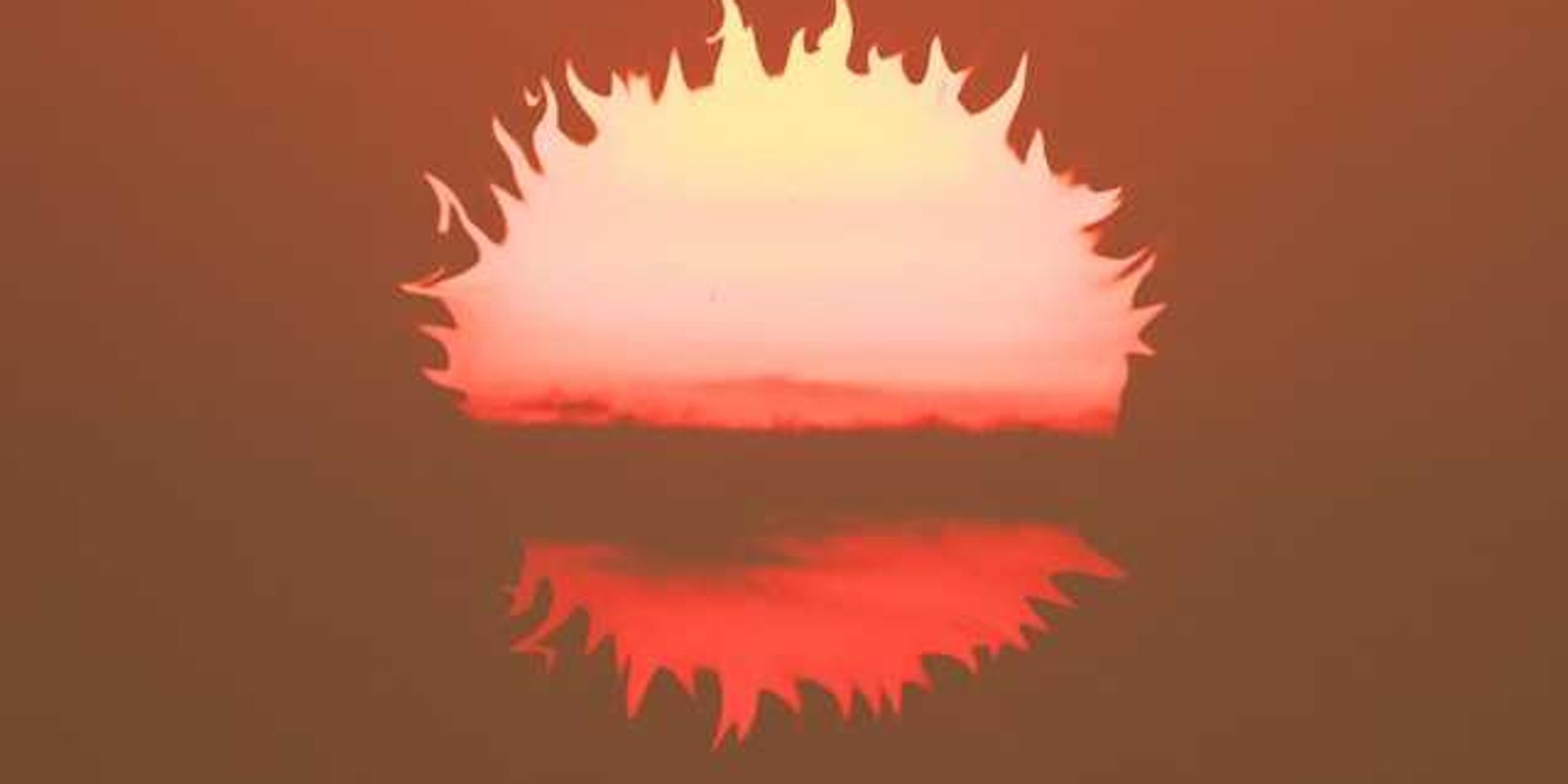somalia
Somalia's climate crisis is worsening long-standing challenges
Despite being one of the world's poorest and most conflict-ridden nations, Somalia's top climate advisor remains hopeful for the country's future despite the impacts of climate change.
In short:
- Climate change is intensifying Somalia’s droughts and floods, worsening resource scarcity and fueling local conflicts.
- Around 4 million people, displaced by conflict and climate crises, now live in makeshift refugee camps with little international aid.
- Somalia is investing in renewable energy, with local businesses and communities taking steps to adapt to climate challenges.
Key quote:
“There is no respect if you don’t have a gun. The herders who lead their animals into the farm stay back when they see my weapon.”
— Sheik Don Ismail, Somali farmer.
Why this matters:
Somalia’s escalating climate challenges are pushing its population into deeper conflict and poverty, threatening millions with displacement, hunger, and violence. Addressing these issues requires urgent international support.
Related coverage:
Extreme weather is worsening Africa's cholera crisis
Relentless extreme weather in Africa has led to severe cholera outbreaks, killing thousands and affecting hundreds of thousands more.
Sebabatso Mosamo, Farai Mutsaka, and Gerald Imray report for The Associated Press.
In short:
- Since late 2021, more than 6,000 people have died and nearly 350,000 have been infected with cholera in southern and East Africa.
- Extreme weather, including cyclones, floods, and droughts, has increased the incidence of cholera by contaminating water sources.
- A global shortage of cholera vaccines has exacerbated the crisis, particularly in poorer countries that are most affected.
Key quote:
"The outbreaks are getting much larger because the extreme climate events are getting much more common."
— Tulio de Oliveira, South Africa-based disease scientist
Why this matters:
Floods not only spread cholera but also destroy crops, leading to food insecurity and malnutrition, which weakens immune systems and makes populations more vulnerable to diseases. Conversely, droughts deplete water sources, pushing people to use contaminated water for drinking and cooking.
Climate change makes east Africa’s deadly floods worse, study finds
Humanitarian aid is no match for climate-fueled drought in Somalia
Over the past three years, an extreme drought has pushed the Horn of Africa to the brink of famine, causing one of the worst humanitarian crises in modern history.
Impact of warmer seas on fish stocks leads to rise in pirate attacks
Dwindling fish stocks caused by the climate crisis are leading to an increase in pirate attacks, according to a new study looking at two piracy hotspots over the past two decades.
Impact of warmer seas on fish stocks leads to rise in pirate attacks
Study of piracy hotspots in east Africa and South China Sea found that piracy increases when fish populations decline and vice versa.
Human-driven climate crisis fueling Horn of Africa drought – study
Region is suffering its worst drought in 40 years after five consecutive years of below-average rainfall.









